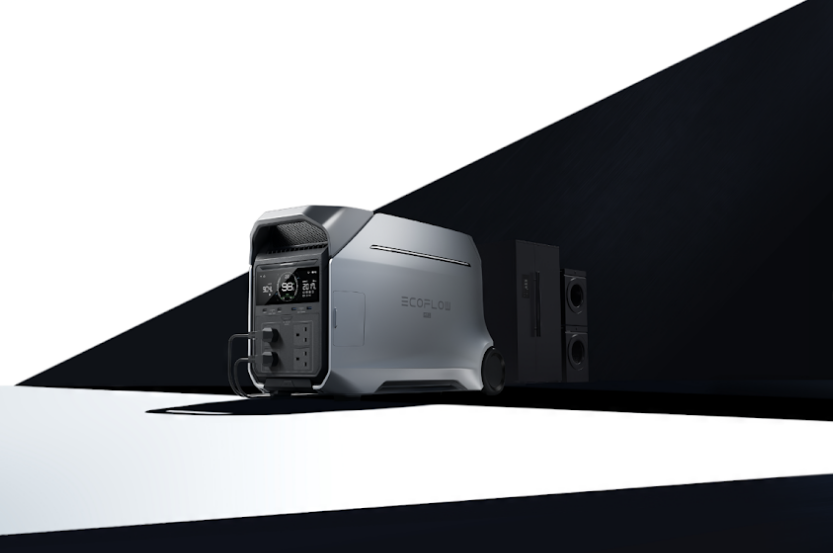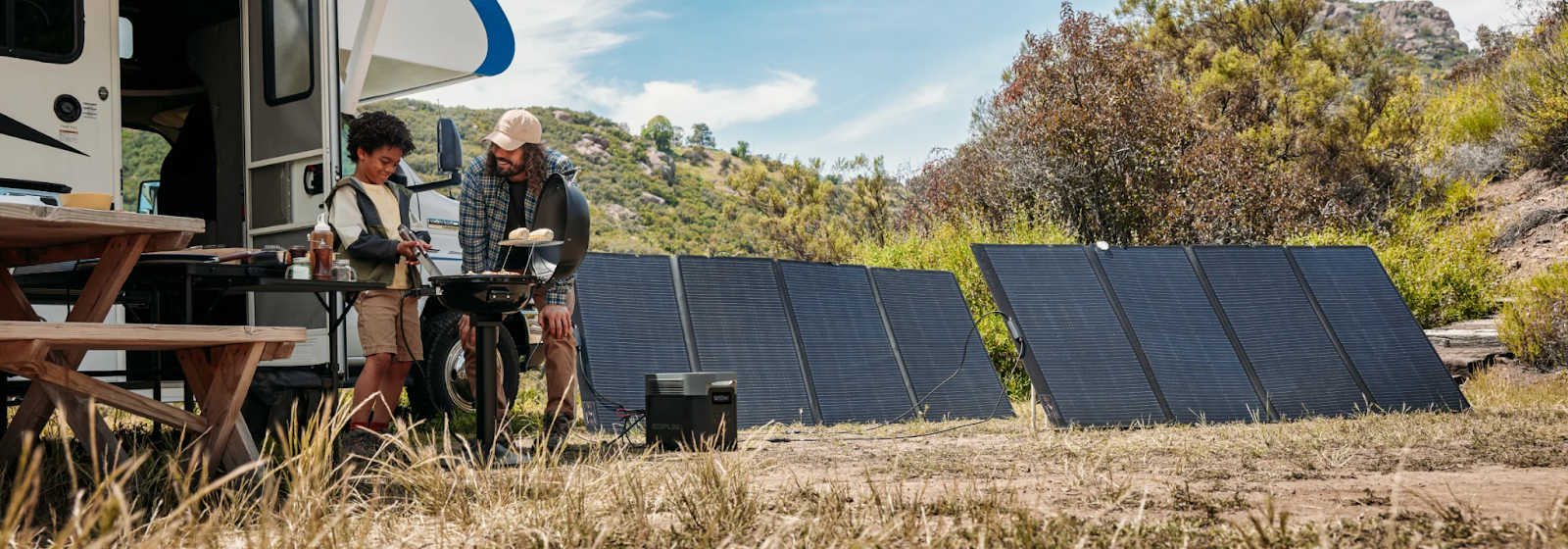- Why Gamers Need Portable Power on the Move
- Common Gaming Scenarios and Power Challenges
- Types of Portable Power and Their Features
- Key Specifications to Consider from a Gamer’s Perspective
- Recommended Portable Power Solutions for Different Gamers
- Power Strategies for Gaming on the Go
- Power Up Your Game Anywhere
- FAQs about Portable Power Solutions
Portable Power Solutions for Gamers on the Go
- Why Gamers Need Portable Power on the Move
- Common Gaming Scenarios and Power Challenges
- Types of Portable Power and Their Features
- Key Specifications to Consider from a Gamer’s Perspective
- Recommended Portable Power Solutions for Different Gamers
- Power Strategies for Gaming on the Go
- Power Up Your Game Anywhere
- FAQs about Portable Power Solutions
When gaming on the go, nothing ruins the fun faster than seeing that low-battery warning pop up. Whether it’s a quick match in a café, waiting around at the airport, or playing late into the night at a campsite, devices can run out of power at any moment. Having a portable power source makes sure gameplay stays smooth from start to finish, no matter where you are.
Why Gamers Need Portable Power on the Move
Great gameplay can be ruined in an instant when your battery hits red at the worst possible time. For players who enjoy gaming away from home, keeping devices charged often becomes more challenging than dealing with lag or bad connections. Whether it’s a short session on the subway or long hours outdoors, what’s really needed is reliable power to keep the fun going strong.
Overcoming Limited Access to Power Outlets
Outlets at places like cafés or airports tend to get crowded quickly. Waiting for a plug can waste valuable gaming time. Portable power lets gamers skip the queue and charge their devices whenever and wherever they want.
Meeting the Needs of Power-Hungry Devices
Gaming laptops, VR equipment, and consoles such as the PS5 require significantly more power than standard power banks can provide. That’s why high-output portable power stations are built to meet these demands. They deliver reliable energy, allowing all your devices to operate smoothly without any drop in performance.
Supporting Extended Outdoor Entertainment
When camping, going to gaming events, or attending conventions, players often need power for many hours—even all day long. Portable power systems provide a steady flow of energy without relying on the usual power grid.
A portable power source isn’t only a backup plan. It acts as a reliable safeguard, helping to keep gaming sessions smooth and free from interruptions or stress.
Common Gaming Scenarios and Power Challenges
Different gaming situations present unique obstacles when staying powered. Knowing the typical power demands for each scenario can help in choosing the right solution.
| Scenario | Challenge | Typical Power Requirement |
| Short trips (café, airport) | Limited outlets, time restrictions | Handheld console 15–30W / Laptop 60–100W |
| Long trips / camping | No fixed power, limited charging opportunities | Gaming laptop 150–200W continuous |
| Competitions / conventions | Multiple devices charging simultaneously | Multi-AC output, USB-C PD ≥100W |
| Outdoor streaming / content creation | Stable power plus camera equipment | Laptop + camera ≈200–250W |
Types of Portable Power and Their Features
Gamers have multiple options for portable energy, each suited to different devices and situations. Understanding the trade-offs can help make the right choice.
| Type | Suitable Devices | Advantages | Drawbacks | Recommended Scenarios |
| Power bank | Smartphones, handhelds | Lightweight, air travel-friendly | Cannot power high-wattage devices | Short outings, daily use |
| Portable power station | Laptops, consoles, monitors | High output, multiple ports | Heavy (5–20kg) | Camping, long trips |
| Solar panel + power station combo | All devices | Renewable power source | Weather-dependent, higher initial cost | Long-term outdoor use, RV travel |
Key Specifications to Consider from a Gamer’s Perspective
Gamers use different devices in different places. Paying attention to a few key features helps pick the right power solution that fits real needs.
Output Power
This tells you which devices the power source can run. Laptops and desktop computers have different operating power. High-end laptops or consoles often need an AC output of 1,000W or more. Handheld devices usually work with USB-C PD between 60 and 100W.
Capacity (Wh)
Capacity shows how long the power source can run your device. For example, about 1,000Wh can keep a powerful laptop running for 4 to 5 hours. A Steam Deck only needs about 60Wh for a full charge.
Port Configuration
Having several ports means you can charge multiple devices at once. Look for power sources with USB-C PD, AC outlets, and DC ports to fit your gaming and streaming gear.
Weight and Portability
Higher capacity often means heavier weight. If you travel by plane, knowing lithium battery regulations for air travel is essential when carrying portable power. For details, see the Federal Aviation Administration (FAA) website.
Charging Speed
Some models recharge quickly—in about 1 to 1.5 hours. Fast charging reduces waiting time and keeps you gaming without long breaks.
Start by checking how much power you need. Then think about capacity and ports. Finally, find a balance between how easy it is to carry and how fast it recharges to suit your gaming habits.


Recommended Portable Power Solutions for Different Gamers
EcoFlow offers a variety of options designed to fit different gaming needs, from casual handheld players to those with demanding setups.
High-Performance Gamers (Gaming Laptop / PS5)
The EcoFlow DELTA 2 Max provides a large capacity of 2,048Wh and a powerful 2,400W output. It supports running multiple devices simultaneously and can be fully charged in about 1.3 hours. This makes it well-suited for camping trips or major gaming tournaments where reliable power is essential.
Handheld and Mobile Gamers (Switch, Steam Deck, Cloud Gaming)
For gamers on the move, the EcoFlow RIVER 2 Pro delivers 768Wh capacity with an 800W output. And its lightweight design makes it easy to carry.
Outdoor Creators and Long-Term Camping
The combination of the EcoFlow WAVE 3 and the EcoFlow 220W Portable Solar Panel offers both cooling and a steady power supply. This setup is ideal for extended outdoor use, such as streaming or creative work, especially in locations without access to the power grid.
No matter the type of gaming, EcoFlow’s products provide stable and reliable power to keep devices running wherever you play.


Power Strategies for Gaming on the Go
Even with the best gear, using power efficiently helps extend playtime and avoid unexpected shutdowns.
● Fully charge all devices, including controllers and power stations, before leaving.
● Carry a mix of cables (USB-C, AC, extension cords) to handle varied setups.
● Use portable monitors with lower power consumption to stretch available energy.
● Prioritize charging essential devices when multiple devices need power.
● Take advantage of available outlets whenever possible.
● Use cooling devices to lower device temperatures and prevent performance drops.
Power Up Your Game Anywhere
A well-matched portable power setup removes the stress of searching for outlets or rationing battery life. Whether gaming in a city café or on a mountain ridge, uninterrupted play becomes a reality. Choosing based on wattage needs and usage scenarios—rather than simply going for the biggest capacity—ensures the investment is both practical and enjoyable.


FAQs about Portable Power Solutions
Q1: How many hours can a portable power station run a gaming laptop?
The runtime depends on the power station’s capacity (measured in Wh) and the laptop’s power use (measured in W). For example, a 1,000Wh power station can run a 200W gaming laptop for about 4 to 5 hours during normal gaming. Screen brightness, background apps, and cooling can make this time longer or shorter.
Q2: Are portable power solutions suitable for long-distance travel?
Yes, they work well for long trips. They are especially useful in places where electricity is hard to find. Many portable power units are small and light, so you can easily carry them in a car or luggage. On road trips, they can power devices like GPS, cameras, and entertainment gear. Some models even let you charge the power station while driving.
Q3: Can a portable power solution charge a console while it is in use?
Yes, many powerful portable stations can charge a console during gameplay. For example, the PS5 uses about 200 to 220 watts when playing games. This fits within the capacity of mid-to-high range power stations. To keep playing and charging at the same time, the power source needs to provide a stable AC output and enough wattage to avoid power drops.